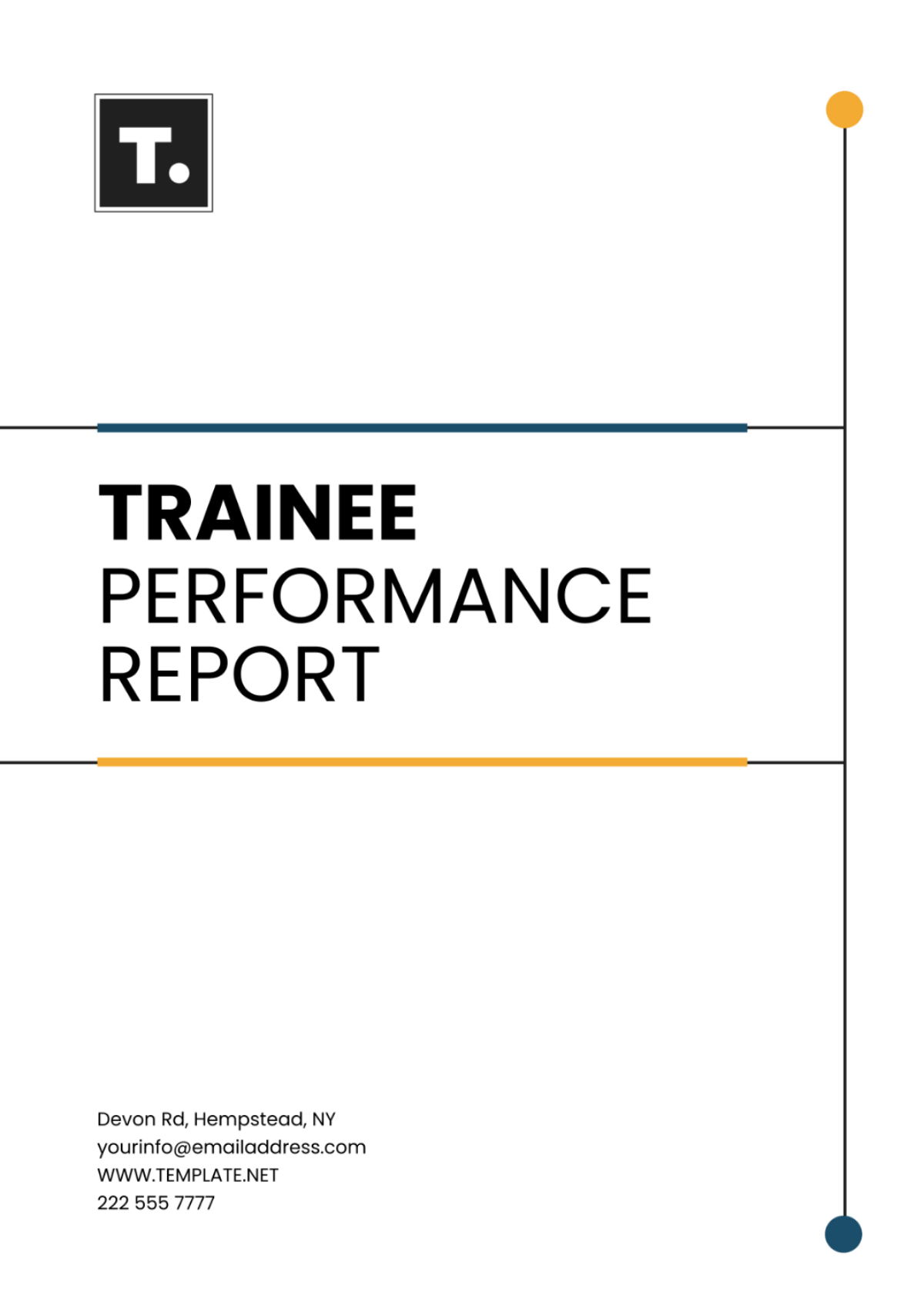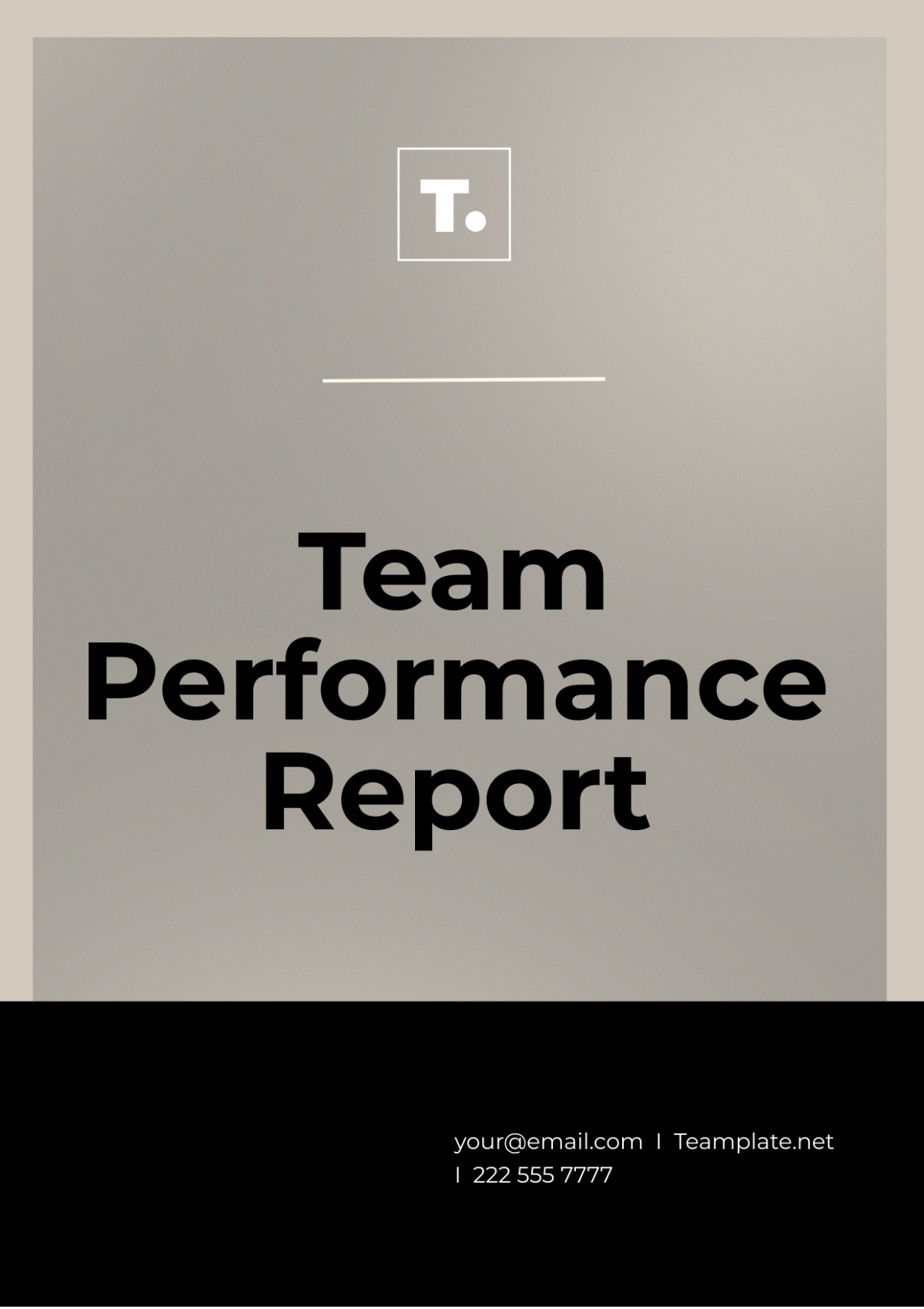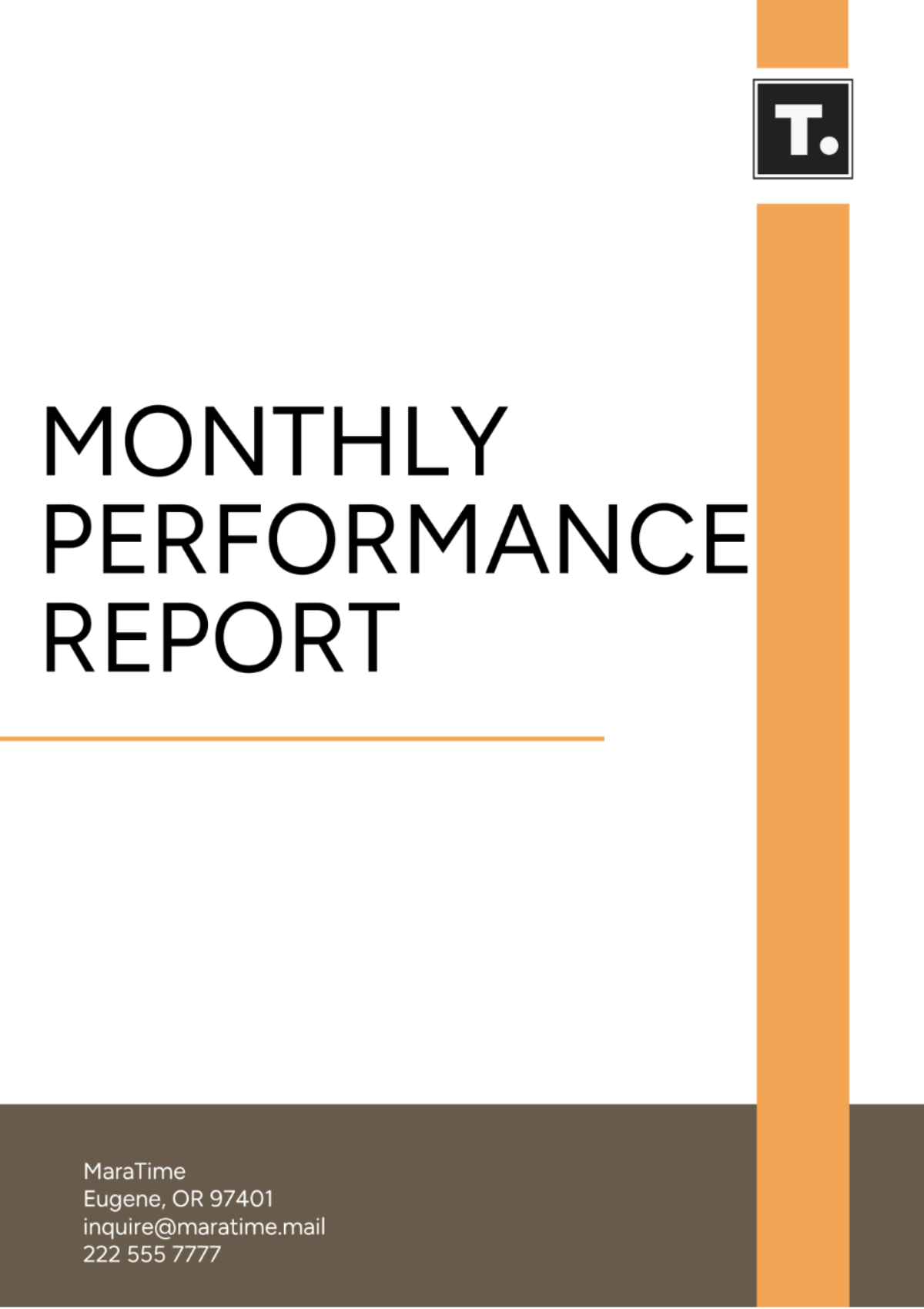Workforce Performance Report
Prepared by: [Your Name]
Company: [Your Company Name]
Date: January 15, 2051
I. Executive Summary
This Workforce Performance Report provides a comprehensive analysis of our employees' performance over the past quarter, specifically from October to December 2050. It highlights key performance indicators (KPIs), examines productivity metrics, and evaluates both individual and team contributions. This report aims to offer insights into workforce effectiveness, identify areas for improvement, and support strategic human resource decision-making. Our analysis reveals significant trends that will inform our ongoing commitment to employee development and organizational success.
II. Introduction
The success of an organization heavily relies on the performance and productivity of its workforce. This report was developed to better understand how our employees contribute to our overall goals and to identify trends, strengths, and development opportunities. As we navigate the challenges of a rapidly changing business landscape in 2050, the analysis focuses on key performance indicators, productivity measures, and team assessments. By leveraging data and insights, we can align our workforce strategy with future organizational objectives.
III. Pece Metrics
A. Key Performance Indicators (KPIs)
We have identified several KPIs essential for assessing employee performance:
Attendance and Punctuality: Tracking the percentage of employees meeting attendance expectations.
Quality of Work: Evaluating the accuracy and professionalism of completed tasks.
Speed of Task Completion: Measuring the time taken to complete assigned duties against established benchmarks.
Customer Satisfaction Scores: Analyzing feedback from clients to gauge service quality and satisfaction.
B. Productivity Metrics
To measure productivity, the following metrics have been used:
Output per Employee: Assessing the average production level achieved by each employee.
Efficiency Ratios: Calculating the ratio of actual output to potential output to determine operational efficiency.
Time Utilization Rates: Examining how effectively employees allocate their working hours across tasks.
IV. Analysis
A. Performance Trends
Over the past quarter, several noteworthy improvements were observed:
Customer Satisfaction Scores: Increased by 8%, now averaging 90%, indicating enhanced service delivery.
Task Efficiency: Improved to 95% across teams, reflecting effective workflow management.
However, there was a slight decline in output per employee, which dropped by 5% compared to the previous quarter, warranting further investigation into the underlying causes.
B. Team Contributions
Team A: Showed outstanding performance in surpassing its targets, achieving 110% of its quarterly goals. Their innovative approach to project management has set a new standard within the organization.
Team B: Needs additional support to enhance its task completion times, currently averaging 85% of its goals. This team has expressed challenges with resource allocation and workflow processes.
Team Performance Overview:
Team | Customer Satisfaction | Task Efficiency | Output |
|---|---|---|---|
Team A | 95% | 98% | 110% |
Team B | 85% | 89% | 105% |
V. Recommendations
A. Strengthen Training Programs
To address the gaps in productivity, we recommend enhancing training programs focusing on:
Time Management: Workshops to help employees prioritize tasks effectively.
Technical Skills: Upskilling sessions on new technologies and tools relevant to their roles.
B. Implement Feedback Mechanisms
Introducing regular feedback sessions can help employees align their performance with organizational expectations. Suggested approaches include:
Monthly Performance Reviews: Scheduled one-on-one meetings to discuss progress and areas for improvement.
Peer Feedback Systems: Encouraging constructive feedback among team members to foster a culture of continuous improvement.
C. Enhance Resource Allocation
To support Team B, we propose a review of current resource distribution. Potential actions include:
Hiring Additional Staff: If budget allows, hire skilled professionals to balance workloads.
Cross-Training Employees: Enabling team members to support each other in various tasks and projects.
VI. Conclusion
This report underscores the need for strategic interventions to leverage workforce capabilities more effectively. By implementing the recommended actions, we aim to boost productivity, enhance job satisfaction, and meet our organizational objectives more efficiently. As we move forward into 2050 and beyond, prioritizing employee development and feedback will be crucial for sustaining high performance.
VII. Appendices
Appendix A: Data Collection Methods
The data for this report was collected through:
Performance Reviews: Bi-annual evaluations conducted by managers.
Employee Surveys: Quarterly surveys assessing employee satisfaction and engagement.
Key Office Metrics Systems: Utilized for real-time tracking of productivity metrics.
Appendix B: Definitions
This section includes detailed definitions of the KPIs and productivity metrics used in this report:
KPIs: Quantifiable measures used to evaluate success in meeting organizational goals.
Output per Employee: Total production output divided by the number of employees contributing to that output.
Efficiency Ratios: A comparative measure of output to input, indicating how resources are utilized.

















































